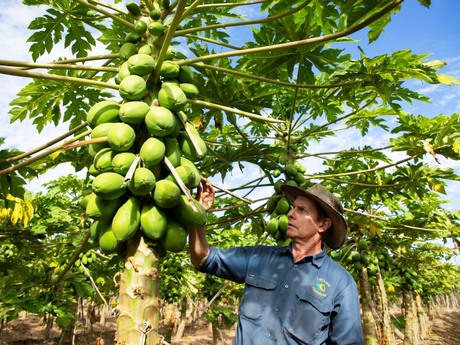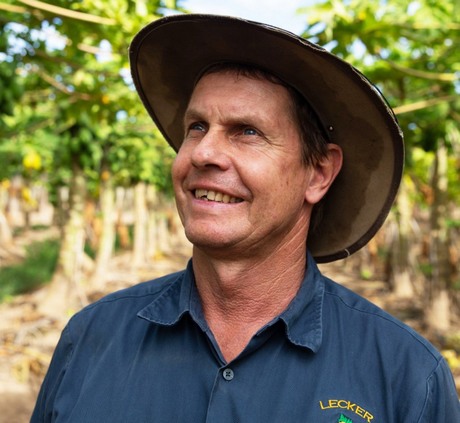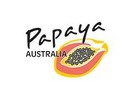Australian Papaya growers have announced a record crop, with fruit numbers set to soar this spring.
Papaya Australia President and grower from Mareeba in Far North Queensland, Gerard Kath, says excellent weather conditions has helped contribute to an abundance of fruit that will continue to hit stores throughout spring.
"The volume of fruit was down last autumn compared to the previous season due to a variety of reasons," he says. "I’d suggest that the spring period, which is traditionally peak season for papaya, will be a record crop in terms of volume. It’s hard to say what next year will do because the wet season has a big impact on production. We don’t know what the weather has in store for us so it’s difficult to forecast how future seasons will look."

Mr Kath says each year production is growing to keep up with demand.
"There’s two main reasons for this – we’ve seen existing growers expanding their farms and have also had an influx of new growers," he says. "There’s been no major production impediments in terms of bad weather, so fruit production across the industry is going strong. This has brought a record volume of fruit this season. Spring generally brings a harvest with high quality fruit and this year is no exception."
Overall Australian production is broken down into approximately 85-90 per cent red papaya and 10-15 per cent yellow papaw, but the actual size of the crops is hard to gauge according to Mr Kath.
"Papaya is a continuous tree crop, so growers are always getting rid of old blocks and re-planting new blocks," Mr Kath says. "Plantings occur every month so it’s hard to provide an exact on this, but I would say that we’ve seen approximately a 10-20 per cent increase in plantings in the last twelve months."

Only a small amount of papaya is exported to New Zealand due to high production costs in Australia. It is hard for Aussie farmers to compete against other regions such as Brazil, Asia, Mexico and Fiji where there are lower production and labour costs. The amount of imports has been reducing over the past few years, according to 2016-17 figures from Hort Innovation.
"The amount of papaya imported is a direct result of how the domestic crop is performing," Mr Kath says. "For example, if there are major weather issues, that will have an impact on the domestic market. If there’s a short-fall of domestic crop we do look to imported fruit as a short-term solution. Generally, if there is less imported fruit it’s an indication that domestic crops are performing well, which is always great to see as a grower."
Growers attribute the increase in demand for the tropical fruit to the health benefits and its versatile use in many dishes from a dessert to savoury curries.

For more information:
www.facebook.com/papayaaustralia
www.australianpapaya.com.au
